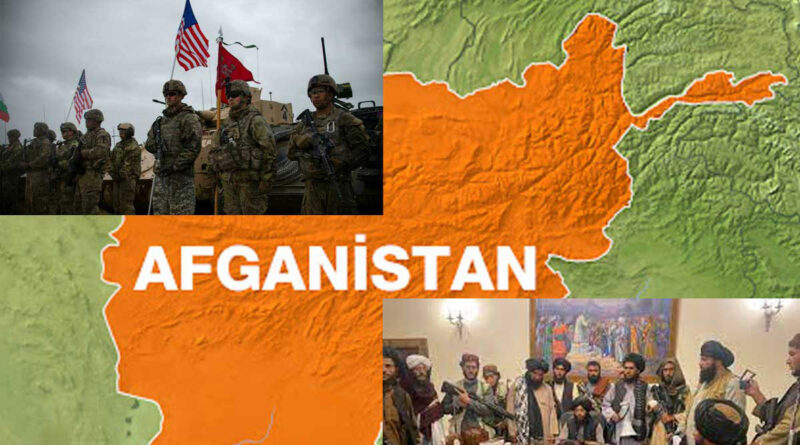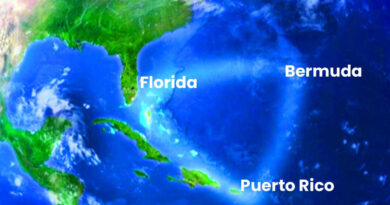History of Afghanistan and Taliban’s Occupation
Taliban’s occupation of Afghanistan
Afghanistan is a land surounded Central Asian country on all four sides. From 1747 to 1973 Afghanistan was a monarchy; However, some army officers captured the country and declared it a republic.
Before Christ(BD)
There are traces of the existence of many civilizations in Afghanistan 50,000 years ago. It was the meeting point of Europe and Asia and saw many battlefields. The area now known as Afghanistan has been under occupation since antiquity. Aryans, (Indo-Iranians, Indo-Aryans, geniuses, Persians, etc.), Arabs, Mongols, Turkey, Greeks, Maoris, Kushans, Heptalites, Britain, Soviet Union and most recently the United States.
Around 2000 BC, a wide variety of people from Central Asia migrated to Afghanistan. Thus most of the immigrants were Aryans. It is noteworthy that they spoke Hindu-European languages. During the same period the Aryans migrated into Persia and India. The areas where they settled were called Ariana or the land of the Aryans.
The Persian Empire ruled the region in the 6th century BC, and Alexander the Great in 300 BC. After his death in 323 BC, several kingdoms, including the Seleucids, Bacteria, and the Malaria Empire of India, controlled the area.
Buddhism was spread by the Malaria Empire.
Anno Domini(AD) – In the year of the Lord
In the first century CE, people like the Tocharian Kushans controlled the region. Until the Arabs occupied the area, the area was ruled by Parthians, Scythians and Hans, as well as Erosian tribes and Sassanian Persians, such as the local ruler Hindu Shayer.
In the seventh century, the Arab kingdoms began to occupy parts of Afghanistan. The Arab empires expanded their territory to western Afghanistan in 652 and gradually occupied the entire territory from 706-709. Later the area was called and most of the people were converted to Islam. Many kingdoms were formed in the area. Eg: The Ghaznavid Empire (962-1151) is an empire founded by Yamin ul-Dawlah Mahmud of Turkey. To be conquered by the aforementioned empire (Ghorid Empire) (1151-1219)
In 1299, the region came under the tyrannical rule of Genghis Khan. Ivan was of Mongolian descent.
The Mughal Empire was founded in 1504 in Kabul by the ruler Barber. By the 17th century, the Safavids of Persia had taken control of Afghanistan.
In the early 18th century, an anti-Persian revolution erupted in Afghanistan under the leadership of Ghaznavid Khan Nasher. The Persians were expelled from Afghanistan, and the territory of eastern Iran was ruled by the Afghans from 1719-1729. In 1729, Nadir Shah of Persia defeated the Afghans. Nadir Shah conquered Kandahar in 1738 and conquered Kabul, Lahore and Ghazni in the same year.
Nader Shah’s forces, which came through the Khyber Pass, and the forces of the Mughal emperor Mohammad Shah of Delhi, killed more than 30,000 Mughal soldiers in 1739 during the battle at Karnal in Haryana. As a result of the failed Mohammed Shah’s agreement with Nadir Shah, the Kohinoor diamond, precious mylasana and gold jewelery worth crores of rupees were given to Nadir Shah. He married the daughter of Mohammad Shah, his son. Nader Shah dies in 1747.
In 1747, the Afghans / Pashtuns gathered in Kandahar and crowned Ahmad Shah as king. He changed his last name to Durio (meaning pearl of pearl). The area now known as Afghanistan was formed during the Duran Empire. By the 19th century, the region was in turmoil. The empire lasted only about a century due to conflicts with the Persians and Sikhs. Yet until the time of the British the borders of Afghanistan were as defined as they are today.
In 1751, Ahmad Shah Durrani ruled over present-day Afghanistan, Pakistan, and parts of Iran’s Corazon Territory, Delhi. In October 1772 Ahmad Shah retired to Maruf and died peacefully. He was succeeded by his son, Timur Shah Durrani. In 1776, during his reign, Ivan moved the capital from Kandahar to Kabul. Timur died in 1793. He was succeeded by his son Saman Shah Turani.
In the 19th century, after the Anglo-Afghan War and the development of the Barakzai Empire, much of Afghanistan fell to the British Indian Empire. Until King Amanullah Khan ascended the throne in 1919, the British Indian Empire was a major influence in Afghanistan. After him, Afghanistan gained complete independence in foreign affairs. During this time there was a strained relationship between British India and Afghanistan.
The longest stable period in Afghanistan was the reign of King Zakir Shah from 1933 to 1973. However, in 1973, Zakir Shah’s brother – in – law, Sardar Dawood Khan, seized power through a coup. However, Daoud Khan and his entire family were assassinated in 1978. The assassination was carried out by the left-wing People’s Democratic Party of Afghanistan. At this point, the group seizes power through a military coup. This is known as the Great Saur Revolution.
Soviet Union(Russia) occupation Then faced various problems. Afghanistan is also embroiled in the Cold War between Russia and the United States. In 1979, the US government, led by Jimmy Gutter, aided its national security adviser, Zbigniew Brzezinski, and the Pakistani ISI, the left-wing opposition Mujahideen.
However, Soviet Russia signed a friendly agreement with Afghanistan to preserve local equality. According to this, about 110,000 to 150,000 Soviet troops entered Afghanistan. They were backed by about 100,000 left-wing Afghan forces. About 5 million Afghan refugees sought refuge in countries such as Pakistan and Iran following the arrival of Soviet troops.
It is noteworthy here that more than 3 million people are permanently staying in Pakistan and one million in Iran and various other countries permanently. Soviet troops withdrew from Afghanistan in 1989, 10 years after various international pressures and the loss of about 15,000 troops in the war with the Mujahideen.
The withdrawal of Soviet troops from Afghanistan was considered a major victory by the Americans. US interest in Afghanistan waned as Soviet forces withdrew from Afghanistan. The United States has not helped rebuild war-torn Afghanistan. Soviet Russia continued to support President Najibullah, but he was overthrown in 1992. The absence of Soviet forces also contributed to the fall of this left-wing government to seize power by the militants.
Many minorities and intellectuals left Afghanistan after the war. Even after the Soviet expulsion, wars erupted between several factions of the Mujahideen. As a result, 10,000 civilians were killed in Kabul in 1994. The Taliban rose during this period. Most of them are Pashtuns from Helmand and Kandahar.
Taliban politics – created religious power. It captured Kabul in 1996. By the end of 2000, the Taliban had occupied 95% of the country’s territory. Meanwhile, the Northern Front was stationed in the northeastern province of Patakshan. The Taliban strictly enforced Sharia Muslim laws and were later branded terrorists by the international community. The Taliban defended al-Qaeda extremist Osama bin Laden.
During the seven-year rule of the Taliban, most people could not enjoy their freedom. Strict restrictions were observed. The Taliban was also involved in a number of human rights abuses. Women are prohibited from going to work and women are prohibited from going to school or university. Those who opposed this were often severely punished. Strict laws were passed, such as cutting off the hands of the robbers. The Afghan drug opium was completely phased out in 2001, a good thing for the Taliban regime.
In the aftermath of the September 11, 2001 attacks, the United States launched a military operation against Afghanistan to dismantle the Al Qaeda network in Afghanistan. It is noteworthy that the United States praised the alliance with the North Front to defeat the Taliban.
In December 2001, most Afghan leaders convened in the German city of Bonn and agreed to form an interim government. Hamid Harzai, a native of Kandahar and a Bastian, was elected governor of the Afghan Provisional Government.
After the Loya Jarga nationally held in 2002, Karzai was elected interim president by other delegates. In 2003 a new political system was created for the country. Hamid Karzai was elected the new president in the 2004 national election. Assembly elections were held in September 2005. It is the first independent legislature since 1973. Notable among these are women’s suffrage, women’s participation in elections, and being elected.
Now the Taliban in Afghanistan have regained control of the country since the US withdrawal.
Whatever happens to history can happen at any time. All in hand at the time. The Almighty will be in the country.




